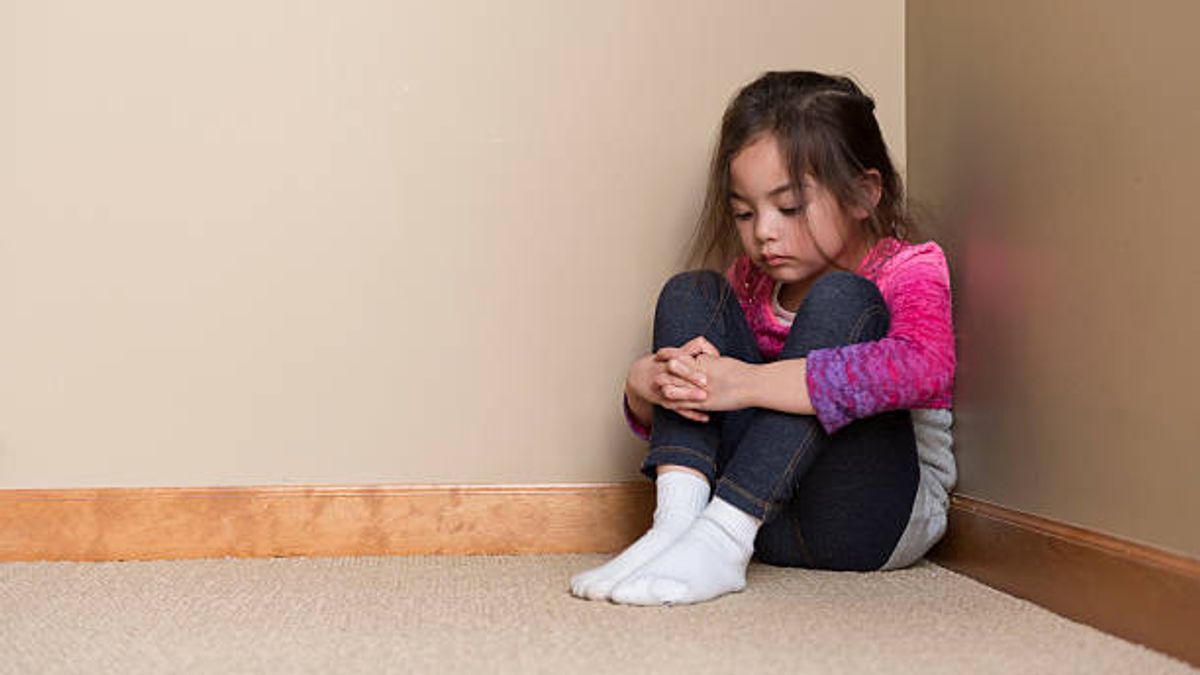JAKARTA - In the world of parenting, the term time out is a process of stopping unwanted behavior by asking the child to stop doing the behavior. Citing The American Journal of Maternal/Child Nursing, Monday, April 11, the time out method for children aims to provide time for children and parents to both calm down. That way, potentially preventing a behavior from repeating itself.
Giving time out to children is not to embarrass or punish children, but to relieve emotional situations and help children learn to manage emotions and regulate their own behavior. In addition, time out can also be used as a way for parents to communicate indirectly with children regarding certain behaviors that children should not do.
Today, many parents have tried the time out method with varying degrees of success. To be more effective, time out needs to be done consistently by following certain steps. Here are some guidelines to follow if you plan to time out your little one, adapting the Child Mind Institute.
Give a warning to children
Before implementing a time out, first discuss with your child what behaviors will have an impact on giving a time out. In this way, the child will understand what they should do and what not to avoid time out.

Set a place for time out
Set a place where the child should run time out. You can use a special chair, the area under the stairs, or a corner of the room to discipline them. Remember, time outs are more effective when parents focus on improving their child's behavior, not punishing them.
To act decisively
When your child needs time out, do it as soon as possible. Be specific, concise, and emotionless. This helps your little one take responsibility for the pre-agreed consequences. Delaying giving time out makes your little one think you are not serious about this.
Set time
Standard time for time out is adjusted to age. For example, if your child is two years old, the time-out must be two minutes.
Stay calm
The purpose of giving a time out is so that the child can calm down again. Some experts advise not to finish time out until the child is completely calm. This way children learn to behave well until time out is over and teaches them that yelling and screaming during time out will not work.
VOIR éGALEMENT:
Divert attention
When your child is having a time out, parents should cut off communication with them or stop talking about them even if the child cries, whines, or protests. Holding your attention during your child's time out can teach them that bad behavior is not the right way to get what they want.
If you give a time out because the child is disobedient, when the time out ends, ask the child to complete the task given before the time out. This can help your little one understand that time out is a way for them to be disciplined, not a way out for not doing their job.
The English, Chinese, Japanese, Arabic, and French versions are automatically generated by the AI. So there may still be inaccuracies in translating, please always see Indonesian as our main language. (system supported by DigitalSiber.id)













